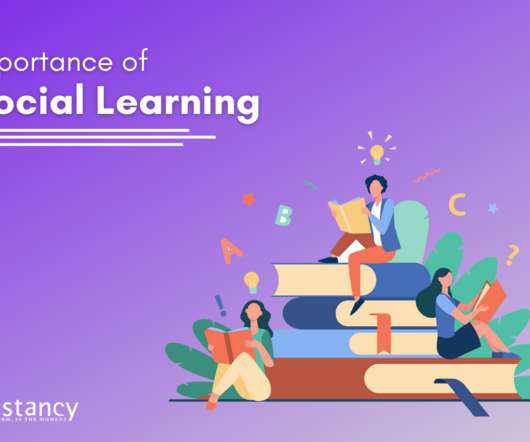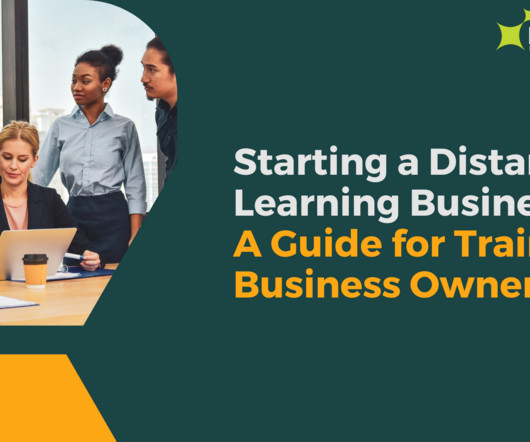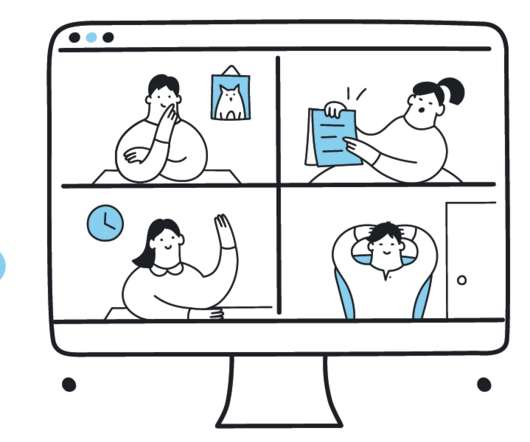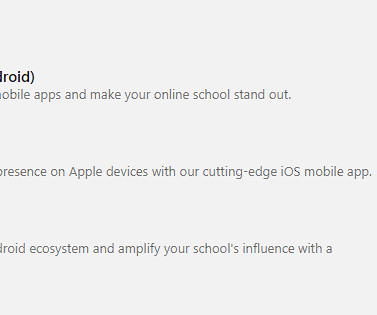9 Definitive Blended Training Strategies to Coach and Mentor Your High-performance Employees
EI Design
JUNE 24, 2020
One way to bridge that gap, between the discovery and utilization of talent, is to train high-performers through coaching and mentoring. What Does Coaching and Mentoring Mean? Coaching and mentoring employees can help fill gaps in early to mid-career, mid-career, and senior-level positions in the organization.
























Let's personalize your content